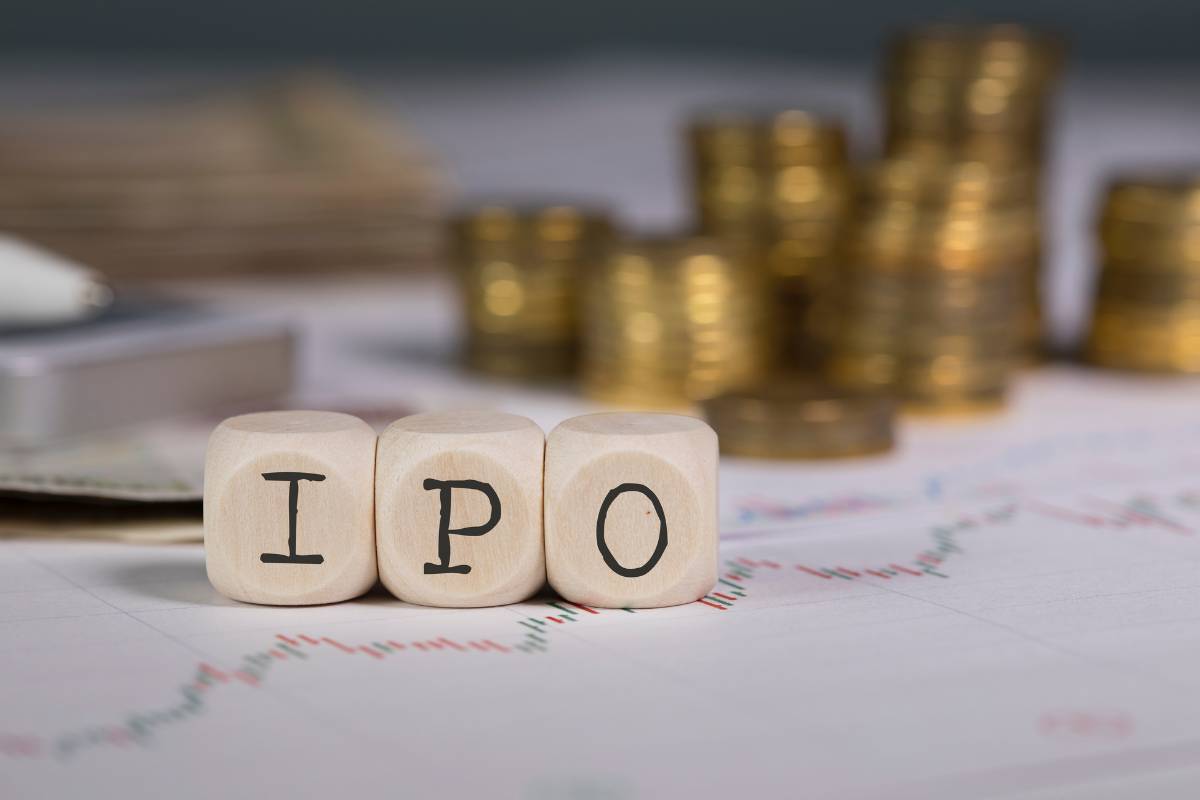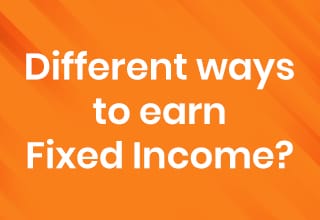A course you had your eyes on but were too timid to register because you thought you were past the age of learning something new, still waits for your attention. The investment you thought was a great opportunity to earn some income on the side but were too bleak on taking your chances, has got people to talk about it. If it matters, a start is a start as long as we see it through. The plus side of starting now is that you will be open to comprehend, analyze, and question new concepts better, mainly because of your broader understanding of the world. Time makes it easier and causes things to get back together again. Invest your money where you feel time will translate it into something fruitful.
Investment boils down to two things:- Risk and stability. Although growth is possible in both, the peril of losing your money in high-risk investments is more. Are you willing to risk your funds to earn slightly higher interest rates, or are you willing to settle with lower interest rates that influence stability? Depending on your risk-taking abilities, we have bifurcated investment options that will suit your needs. You can start small then, later on, dabble in some high-risk, high return programs to bring diversification to your portfolio.
Investments based on risk–
Equity investment
Equity is a good start. Equity investments are the first route an investor takes when they start getting familiar with the industry. It enables investors to leverage ownership rights. The person who invests in equity is known as a shareholder.
If the company earns profit, so will the shareholder. If it loses money, the shareholder will end up losing their money too. Inequity, there is a possibility of an increase in the principal amount. It comes in the form of dividends. That said, there is a possibility of losing the principal as well. Stock investment does not protect your principal.
Once you have established the amount of money you can keep invested along with the time horizon, you will have to be prepared for the amount of money you are willing to lose should the market crash. The decision identifies as risk tolerance. You don’t have to worry about losing your money in the volatile market and take the pressure of anxious-selling because you can stand to deal with the loss from the beginning.
Based on stability–
Fixed Income Investment
-
- Investing in fixed-income securities leverages the concept of time-reward. You are informed about the amount of time your money will stay invested in particular security and the interest it will give way annually until it reaches maturity. After the investment has completed maturity, the principal is fully repaid. The risk of losing your principal is merest.
-
- The most common products of fixed-income are bonds. Governments and corporates issue bonds where the interest rates are made known to people beforehand. Investors do not acquire ownership rights of the company. Rather, they are lenders who are promised to be paid periodic flow of interests.
-
- Governments and corporates issue bonds to raise money for various reasons such as operations, projects, infrastructure, etc. Investors can make judgments based on the credit ratings of the company and take a call on whether the company is worthy of investment. Government bonds are backed by the Government. Hence, there is no risk of default. In the case of corporate bonds, the bond investor is the first to be paid in case the company declares insolvency.
-
- Risk-averse investors who are looking for a diverse portfolio and on the lookout for a secondary source of income should invest in bonds and debt securities. Bond investments are a predictable source of income. The risk is lower and so are the returns. However, some bonds offer high-risk debt securities that offer greater interest.
-
- Bonds are bought in the primary market and traded in the secondary market. Every bond investment is different. Every corporation is assigned a credit rating depending on the financial standing and debt-paying abilities of the company and based on that rating, every bond is defined as a high-risk or low-risk bond. Since bonds are considered debt instruments, credit ratings become an important deciding factor.
-
- Although the investment risk is lesser compared to any other form of investment, there is still a credit risk and interest rate risk. If the yield of the bond goes up, the price goes down as Bonds have an inverse yield-price relationship.
4 Things to remember before investing–
-
Know your risk appetite
Every investor is different. Some can afford to lose more, while some can afford very little and lose even less. Make a decision. Decide whether you have the bandwidth to lay your eggs in a volatile environment and have sleepless nights over the rise and fall movement of the market.
-
Time Horizon
How long are you good to go for? Five years, ten years, maybe? Make a road map of the things you wish to achieve in the form of short-term or long-term goals. Adopting that approach will set you up for clarity and an optimistic avenue to accomplish any future events, planned or unplanned.
-
Define your asset-allocation
The market is full of products that help you at different times. For example, if the interest rate drops, you can turn to debt securities that offer higher interest rates. Likewise, if the market sees an upsurge in interest rates, you are free to choose to invest in other investment products.
-
Allow diversity
Diversity, in every aspect, minimizes the risk of incurring a loss. For a well-diversified portfolio, you will have to set aside your emotions for the stock that is performing well and the people including famous personalities are talking about it. A balanced portfolio is resistant to the ups and downs of the market. A smart investor, regardless of what their financial advisors say, will always insist on a diversified investment portfolio.
















